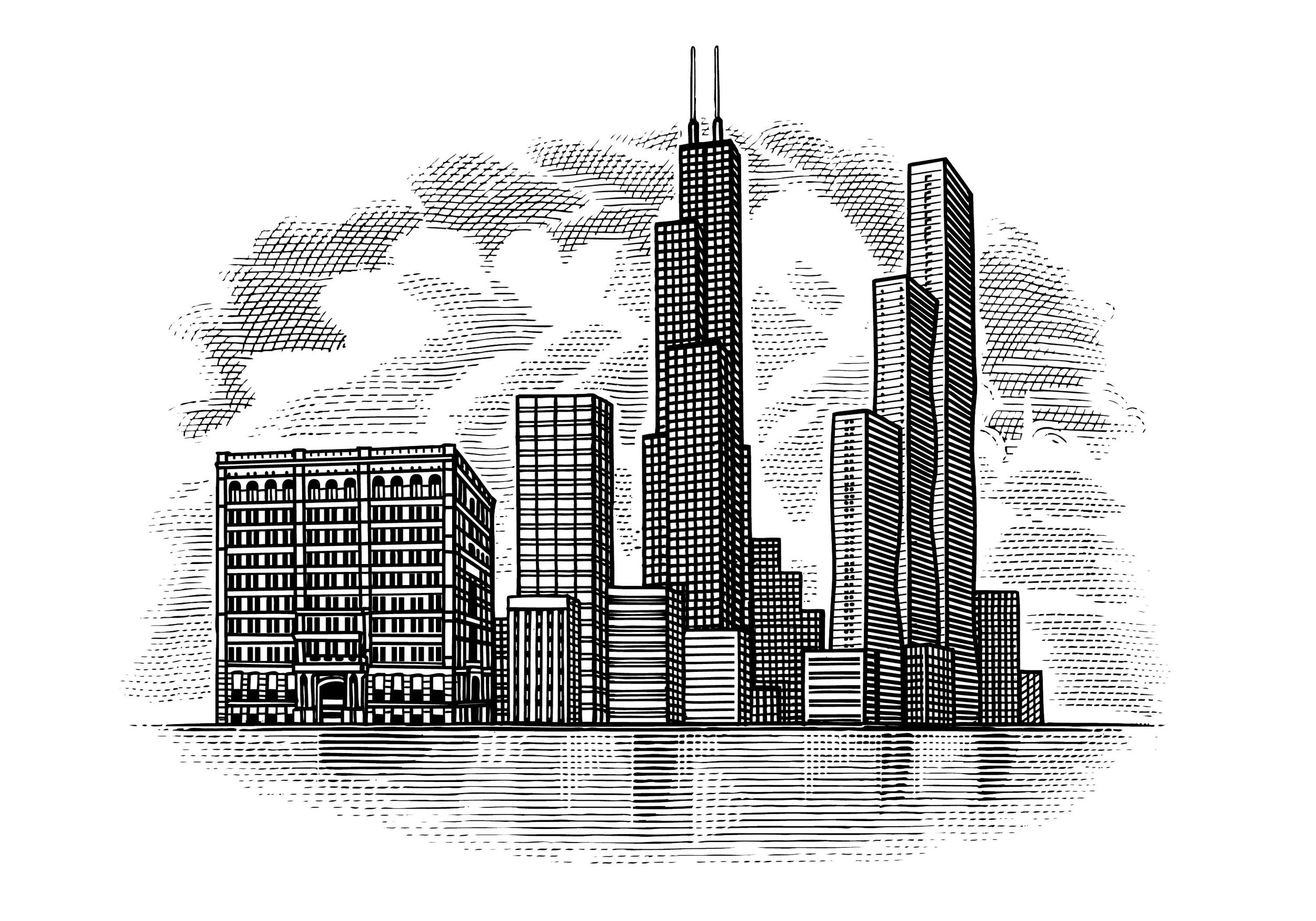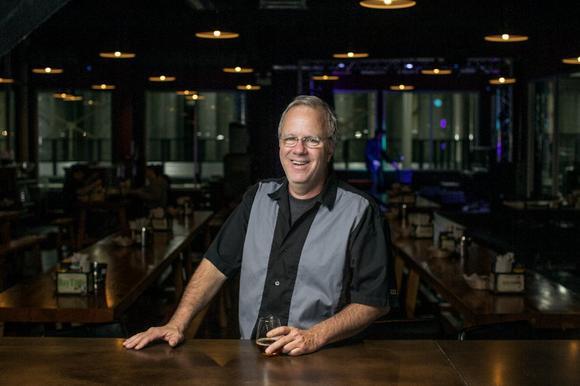The Monthly Memo — April Edition
The Interview Series: Tony Magee
Part of my goal in rebooting The Monthly Memo has always been to launch an interview series. On the website I put up a brief article laying out what this series will entail: interviews with prominent Chicagoans about Chicago. I have noticed over time that a lot of very famous and well known people get their starts here, even if they move out eventually. My goal with this series is to shine the spotlight on Chicago by talking to the people the city has put out into the world.
My first interview is with Tony Magee, the founder of the Lagunitas Beer Company. I have heard for years that Lagunitas had roots in Chicago but had never heard it confirmed outside the grapevine. For this interview I not only wanted to confirm that, I wanted to know how Chicago shaped Tony into the businessman and beer enthusiast he is.
Tell me a little about your Chicago roots. What part of the city did you grow up in? How has the city changed since then?
My sister and I were born in Rogers Park and lived on Greenleaf [Avenue] until we moved to the far flung isles of Rolling Meadows then Arlington Heights where we went to Buffalo Grove High School. I later went to school at the School of Design at IIT at 35th and South State.
You opened the first Lagunitas brewery in Lagunitas, California then moved to Petaluma. Chicago was the second location. How did your previous experience with Chicago help inform your decision to open the second location here?
It was EVERYTHING!! It's the greatest city in the U.S... not too much else to say about that.
The beer scene in Chicago is very competitive (by one count there are 71 breweries in the city alone). Does Chicago do beer differently than other cities, in your opinion?
Chicago is a beer town. It's wine and whiskey too but it's a brawny and brawling city of tough people and beer is almost a sacrament in that world. It's not San Francisco and it's surely not Austin. It's just the City of Big Shoulders.
Read more at The Monthly Memo.
The White Sox Cap in Hip Hop Culture
The White Sox are the oft-overlooked team to the Cubs, both in Chicago and in the national media. But despite that the White Sox have had an outsized influence in the hip hop scene, dating back to the mid-1990s. Sox hats were everywhere hip hop was. In a lot of circles the Sox were less of a baseball team and more of a logo - an iconic stand in for more dangerous colors.
For many years, the White Sox were associated with the white ethnic working class neighborhoods in the area surrounding Bridgeport, Comiskey’s neighborhood. In the period during which [White Sox Senior VP Rob] Gallas took on the task of revamping the uniforms, Chicago’s South Side had become increasingly African-American and Latino. After talking to some designers, Gallas learned that “silver and black were going to be the hot colors of the 1990s.” The new Sox logo and color scheme mirrored the high-selling merchandise of the Los Angeles Raiders.
Sports apparel was traditionally worn by fans, but the White Sox cap became a huge part of the urban lifestyle associated with rappers of the day. In 1991, Dr. Dre, Eazy-E, and Ice Cube, members of the rap group N.W.A., wore White Sox hats, officially marking a cultural shift and cultivating newfound significance for the White Sox cap among N.W.A.’s audience. At the time of the iconic rap group’s success, one could be hurt or even killed for wearing the “wrong” colors. The Sox cap, with its monochromatic color scheme free from association with a particular gang, gave the group and its fan a neutral option. The color scheme and clean feel made it easily adoptable among those who might not have even considered themselves baseball fans.
Read more at Fangraphs.
Around the Web
The White Sox Ballpark That Never Was from CBS News
At 111, a Whirlwind Tour for WWII's Oldest Veteran from The Washington Post
How Casablanca Was Made from Newstatesman
The French King Who Believed He Was Made of Glass from JSTOR
How Jesuit Spirituality Can Improve Your Life from Art of Manliness
100 Years After World War I, France Still Has No-Go Zones from Paul Cooper
Prime Cut
The best of the best
A few years ago, I was sitting at the bar of Wrong’s Tap, a tavern in the Irish-American neighborhood of Beverly, watching a Bears game. Suddenly, a classic Chicago accent was hurled across the room.
“Hey,” someone shouted. “What are da squares for dis quarter?”
The Bears were losing 3–0, so the winning squares for the first quarter were zero and three. But that’s not exactly how the gray-haired guy holding the money expressed it.
“Ahh, zero and chree,” he announced.
There aren’t too many places in Chicago where you can still hear the accent parodied on Saturday Night Live’s early 1990s “Bill Swerski’s Super Fans” sketches, but a sports bar in an ethnic neighborhood is one.
So is a fire station. Or on an emergency call to a plumber.
The “classic Chicago” accent, with its elongated vowels and its tendency to substitute “dese, dem, and dose” for “these, them, and those,” or “chree” for “three,” was the voice of the city’s white working class. “Dese, Dem, and Dose Guy,” in fact, is a term for a certain type of down-to-earth Chicagoan, usually from a white South Side neighborhood or an inner-ring suburb.
The thick-tongued Mayor Richard J. Daley (1902–1976), a South Side Irishman, was beloved for his heavy accent and misuse of English. “People from other parts of the country sometimes marveled that a politician who fractured the language so thoroughly could be taken so seriously,” Chicago newspaper columnist Mike Royko wrote in his obituary of Daley.
- Why City Accents Are Fading in the Midwest from Citylab

